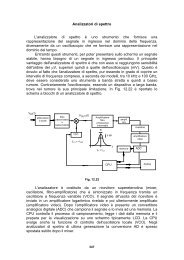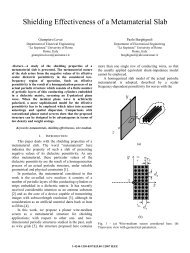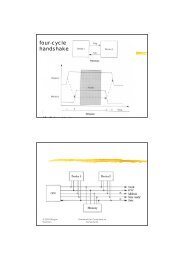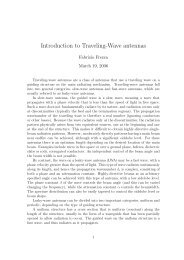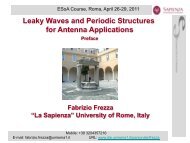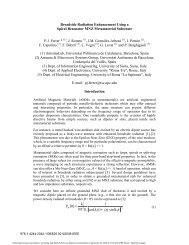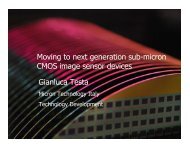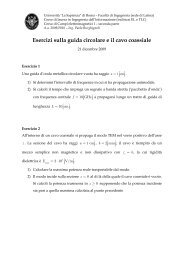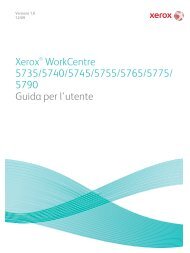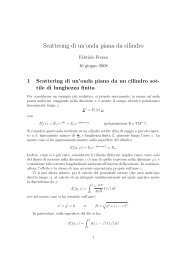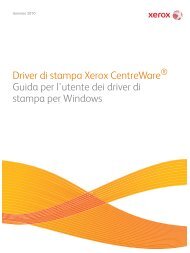Materials Measurement Phil Bartley Shelley Begley
Materials Measurement Phil Bartley Shelley Begley
Materials Measurement Phil Bartley Shelley Begley
- No tags were found...
Create successful ePaper yourself
Turn your PDF publications into a flip-book with our unique Google optimized e-Paper software.
Transmission Free-SpaceReflection(S )11lTransmission(S )21Material assumptions: Flat parallel faced samples Sample in non-reactive region Beam spot is contained in sample Known thickness > 20/360 λThe free space technique is best for thin flat parallel faced materials, or othermaterials that can be formed into this shape. Just like the transmission linetechnique, the sample size scales with frequency, but with free space thesamples are larger. They must be large enough to contain the 3dB beamspot. At low frequencies, it can be a problem to get samples large enough.But, at high frequencies this is a benefit, as the sample does not have to beso tiny. Focused beam antennas can help with sample size. In addition,they condition the beam to improve performance, but reasonableperformance can be obtained without them. Just like transmission linemeasurements, the sample must be thick enough to contain enough of thewavelength of interest to be measurable, 20 degrees at least, but ideally 180degrees, or ½ λ. At mm-wave frequencies, samples thicker than 1 λ cancreate multiple root mathematical errors. The sample must be far enoughaway from the antennae to be out of the reactive region, ideally at least2d 2 /λ, where d is the largest dimension of the antenna.53




